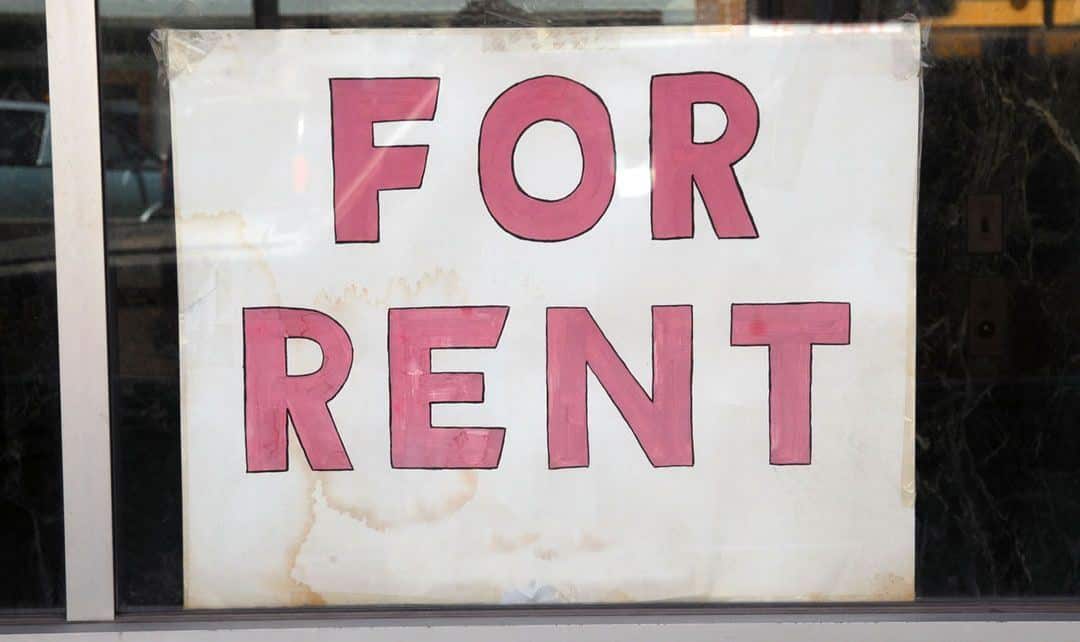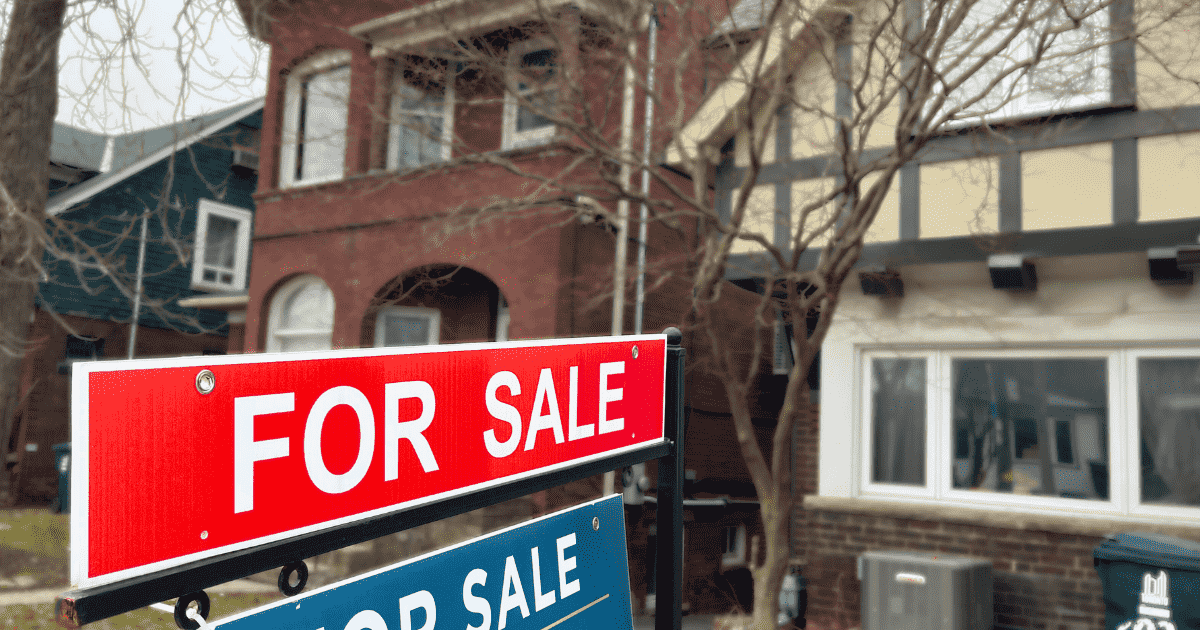Canada Mortgage and Housing Corp. (CMHC) states that a person who spends more than 30 per cent of their income on shelter can’t sustain their residence. CMHC put 26.4 per cent of Canada’s renters and 6.5 per cent of homeowners in that category in 2011. Costs are rising by nearly five per cent a year; wages by 0.6 to three per cent.
A May 2013 Globe & Mail article, The rental-housing shortage is now a national disaster, stated that 42 per cent of adults between 20 and 29 are living with their parents, up 10 per cent from the early 1990s. There were 156,358 people waiting for affordable housing in Ontario. Vancouver seniors on $1,200 monthly pensions are trying to afford that city’s average one-bedroom rent of $982.
A May 2015 Financial Post article cited a 2015 report from the Federation of Canadian Municipalities (FCM). “The long, steady decline in federal subsidies for social housing has left … municipalities struggling against market forces that are making it … difficult for low- and modest-income renters. With 850,000 lower-rent units lost in the last decade, our rental sector is ill-prepared for any downturn in the housing market.” Twenty per cent of renters pay more than 50 per cent of their income on housing. Only 11 per cent of housing starts since 1996 have been rental unit builds.
FCM’s subtle but slippery operative phrase to place blame on “market forces” is misdirection. The government created and continues to perpetuate this crisis.
The opening sentence of the Federation of Rental-housing Providers of Ontario (FRPO) June 2015 report, Removing Barriers to New Rental Housing in Ontario, states, “…it’s been hard to find affordable housing in the past; it is hard to find it now; and it looks to be even harder in the future. There is little new affordable housing being built; current stock is in need of major renovation; and finances are of heightened concern for all parties.” This is true for most of Canada.
The report outlined seven actions government could take today to address the housing crisis including introducing housing agreements to create new homes, reducing costly development charges, preserving the 1991 rent-increase exemption, eliminating expensive municipal licensing schemes and creating a portable housing allowance initiative.
However, the report failed to address several critical issues – all government-driven – that led to the housing crisis.
The Recoverable Capital Cost Allowance and Capital Gains Tax are huge disincentives for aging owners to sell their rental properties to new operators that statistically spend the most on upgrades and repairs.
While a great vote-winning tactic among the large tenant electorate, the 2.5 per cent annual rent increase cap in Ontario exacerbates existing property neglect, lowers tenants’ quality of life and discourages industry investment.
What other industry or business in Canada (or the world) prevents operators from passing on true operating costs to their customers? Electricity costs alone increased about 65 per cent in the past five years.
Tenants can have their disputes addressed within 24 hours using free government services but landlords must suffer brutal and costly landlord-tenant board (LTB) processes for four to 12 months, with little recourse to recover their often substantial lost rental income after a hard-won judgement. Sixty-seven per cent of all LTB applications are to evict tenants for non-payment of rent.
The Ontario Residential Tenancies Act comprises 34 of 43 provisions that uniquely benefit tenants. No provisions – zero – uniquely benefit landlords, not even the right to collect rent. But vote-soliciting politicians are protected from being escorted off private property.
Rental housing typically has disproportionately higher property taxes, which tenants ultimately pay when the unit becomes vacant.
Rent control is the government’s answer to preventing the real world “market forces” from correcting the housing shortage that the government created. The Concise Encyclopedia of Economics states, “Economists are virtually unanimous … that rent controls are destructive.” It cites a 1990 American Economic Review poll of 464 economists: 93 per cent of U.S. respondents agreed that, “A ceiling on rents reduces the quantity and quality of housing available.” Another study reported that over 95 per cent of Canadian economists polled also agreed.
Nobel laureate Gunnar Myrdal, a “leftist” architect of the Swedish Labor Party’s welfare state said, “Rent control … may be the worst example of poor planning by governments lacking courage and vision.” His fellow “rightist” Swedish economist Assar Lindbeck asserted, “… rent control appears to be the most efficient technique presently known to destroy a city – except for bombing.”
No other industry in Canada is more constrained by short-sighted government interference than rental housing. Every other type of real property has been built in abundance – condominiums, office towers, hotels, warehouses, retail – many with notable vacancy rates.
Until these huge disincentives are re-evaluated and new incentives are developed, government will continue to resort to building a massive bureaucratic subsidized housing organization to inefficiently undertake with a large chunk of the public purse what thousands of available private sector experts could accomplish for a fraction of the cost in a fraction of the time.
Chris Seepe spent 35+ years in I.T. before entering commercial real estate a decade ago. He’s a published writer and author of two books on “landlording,” course instructor, president of the Landlords Association of Durham, and a commercial real estate broker of record at Aztech Realty in Toronto, specializing in income-generating and multi-residential investment properties. Call (416) 525-1558, or send him an email.














